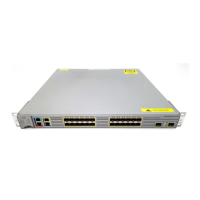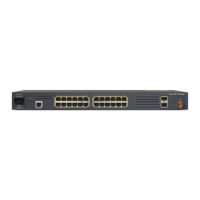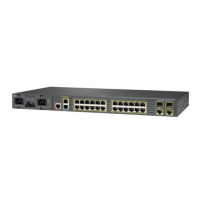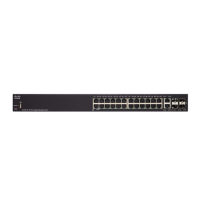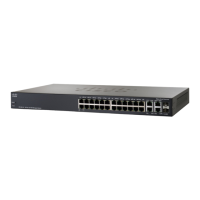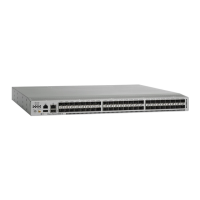34-11
Cisco ME 3800X and 3600X Switch Software Configuration Guide
OL-23400-01
Chapter 34 Configuring MPLS, MPLS VPN, MPLS OAM, and EoMPLS
Configuring MPLS VPNs
Use the no router bgp autonomous-system global configuration command to delete the BGP routing
session.
IBGP Provider-Edge-to-Provider-Edge Configuration
Beginning in privileged EXEC mode, follow these steps on the provider-edge router to configure a
PE-to-PE routing session in a provider network that uses IBGP:
Use the no router bgp autonomous-system global configuration command to delete the BGP routing
session.
Configuring Provider-Edge-to-Customer-Edge Routing Sessions
You can configure provider-edge-to-customer-edge (PE-CE) routing sessions using any of these
protocols:
• BGP
• OSPF
• RIPv2
• Static Route
• EIGRP
BGP Provider-Edge-to-Customer-Edge Configuration
Beginning in privileged EXEC mode, follow these steps on the provider-edge router to configure a
provider-edge-to-customer-edge (PE-to-CE) routing session in a provider network that uses BGP:
Step 7
show ip bgp [ipv4] [neighbors] [vpnv4] Verify BGP configuration. Display information about all BGP
IPv4 prefixes.
Step 8
copy running-config startup-config (Optional) Save your entries in the configuration file.
Command Purpose
Command Purpose
Step 1
configure terminal Enter global configuration mode.
Step 2
router bgp autonomous-system-number Enter router configuration mode.
Step 3
address-family ipv4 Enter address family configuration mode to configure a
routing session using IPv4.
Step 4
neighbor ip-address activate Activate the advertisement of the IPv4 address family.
Step 5
end Return to privileged EXEC mode.
Step 6
show ip bgp [ipv4] [neighbors] [vpnv4] Verify BGP configuration. Display information about all BGP
IPv4 prefixes.
Step 7
copy running-config startup-config (Optional) Save your entries in the configuration file.
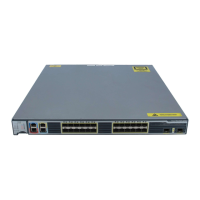
